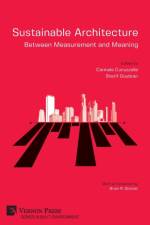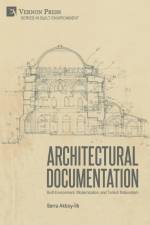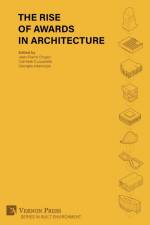49,00 €
Each day new articles, books, and reports present new methods, standards, and technologies for achieving sustainability in architecture. Additionally, new materials, technological gadgets, and data are increasingly considered the staples of architecture’s future. As we increasingly embrace this techno-advancement, we must be equally aware that we may be pushing architecture into a managerial science and away from its core concerns such as expression, contextuality, functionality and aesthetics. Sustainable architecture that is focused on the abstract measurements of consumption, energy, and emissions loses sight of the vital role that architecture holds in our world: it is the field that creates our public spaces and our places of dwelling, of business, of production, of leisure, and creation. Additionally, it fails to comprehend the human dimension of buildings, as elements that are deeply connected to their sites’ historic contexts and that play a key role in defining our social relations and our connection to the spaces we occupy and utilize. “Sustainable Architecture – Between Measurement and Meaning” takes a step back to reflect on how sustainability in the built environment can be theorized and practiced critically. This book exposes that architecture remains a human and social science that lies at the intersection of measurements and meanings. It reveals that sustainable architecture can still operate in a dialectic space of expression, rather than serving as a manifesto for either the technical or socio-cultural extremes. It purports that the human intuition, senses, and skills still holds the key to unravelling alternative futures of sustainable built spaces. And that most importantly, humans still have a place in sustainable architecture. This book will be of interest to students, early career scholars, established researchers and practitioners studying sustainability in the built environment. It can be used as a referencee to those in the fields of design, architecture, landscape and urban design, urban studies, geography, social sciences, and engineering.



